
I don’t know what it is about fungi, but it’s creepy. It fits into it’s own kingdom, neither plant nor animal, and that makes it plain weird. Plants too have widely varying degrees of toxicity, so why are mushrooms so terrifying? They strike some odd form of primal fear, evidenced by the fact that there are multiple X-Files episodes wherein the ultimate “villain” turns out to be an unknown fungus. Personally, I think I was scarred by my trenchfoot experience. If you’ve ever had parts of your skin rot and fall off, then break out in these circular fungal formations which turn into holes several millimeters deep into your dermis, then you know what I’m talking about. Do not Google trenchfoot.
But their allure has captivated my daughter, who likes to point out any mushrooms that appear in our yard. There must have been a lot of trees on the lot once, because every time it rains, we get these odd paths of toadstools that pop up, presumably along old roots.
So I, iPhone in hand, and Wikipedia at the ready, decided to record and catalog them:
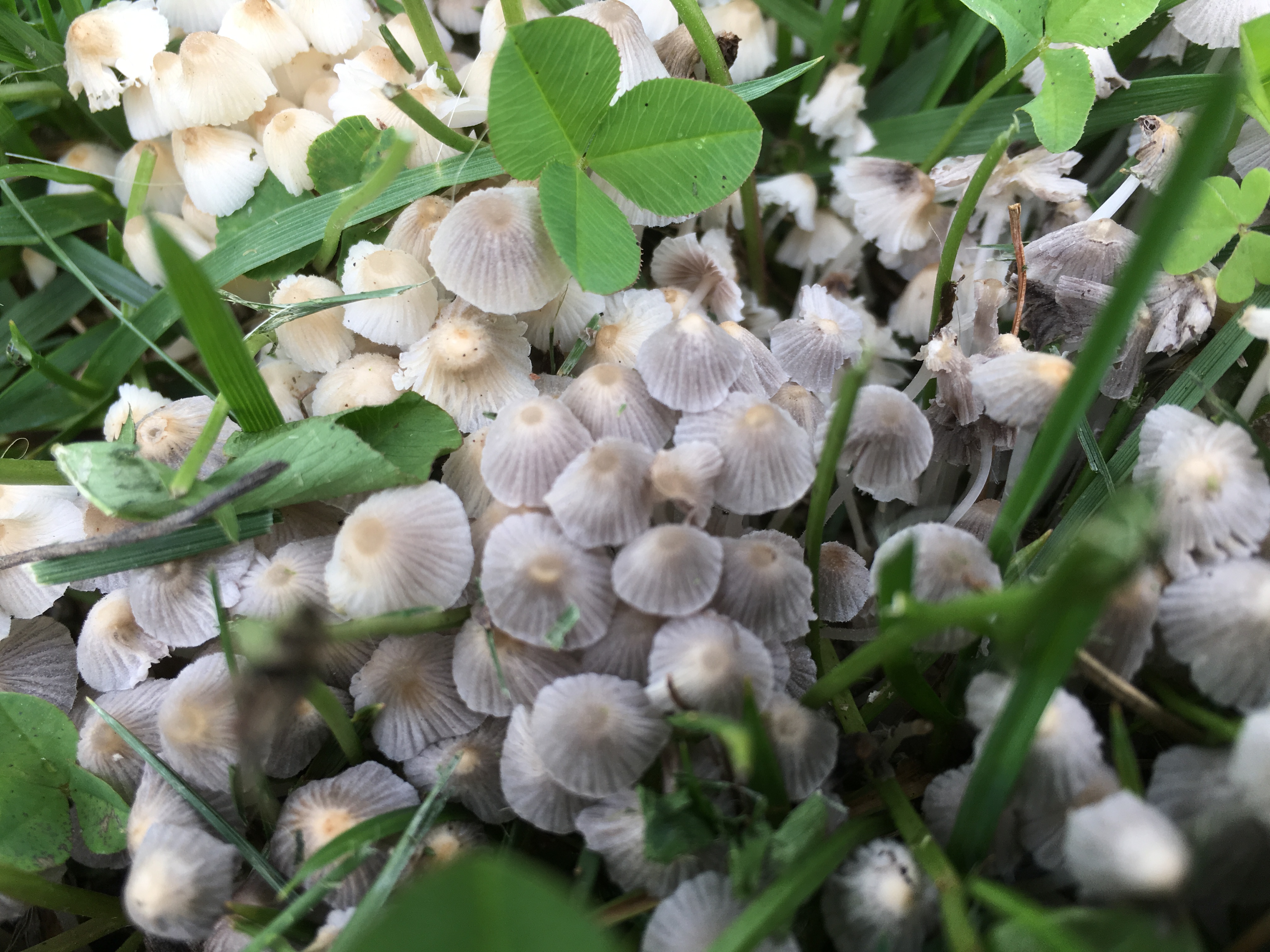
Wikipedia advised that this species is “doubtfully edible”, which doesn’t inspire a lot of confidence–not that I’d base the decision to eat a mushroom off of Internet knowledge anyway. So many seem to have amatoxin, which leads to renal failure. I’ll pass. I told my daughter to wash her hands.
Next on the list is what I think is an Amanita bisporigera. It looks like something in the Amanita genus anyway. It was kind of hard to get a definitive identification from pictures. Still, more amatoxin, somewhat implied by the fungus’ common name: Destroying Angel. Subtle.
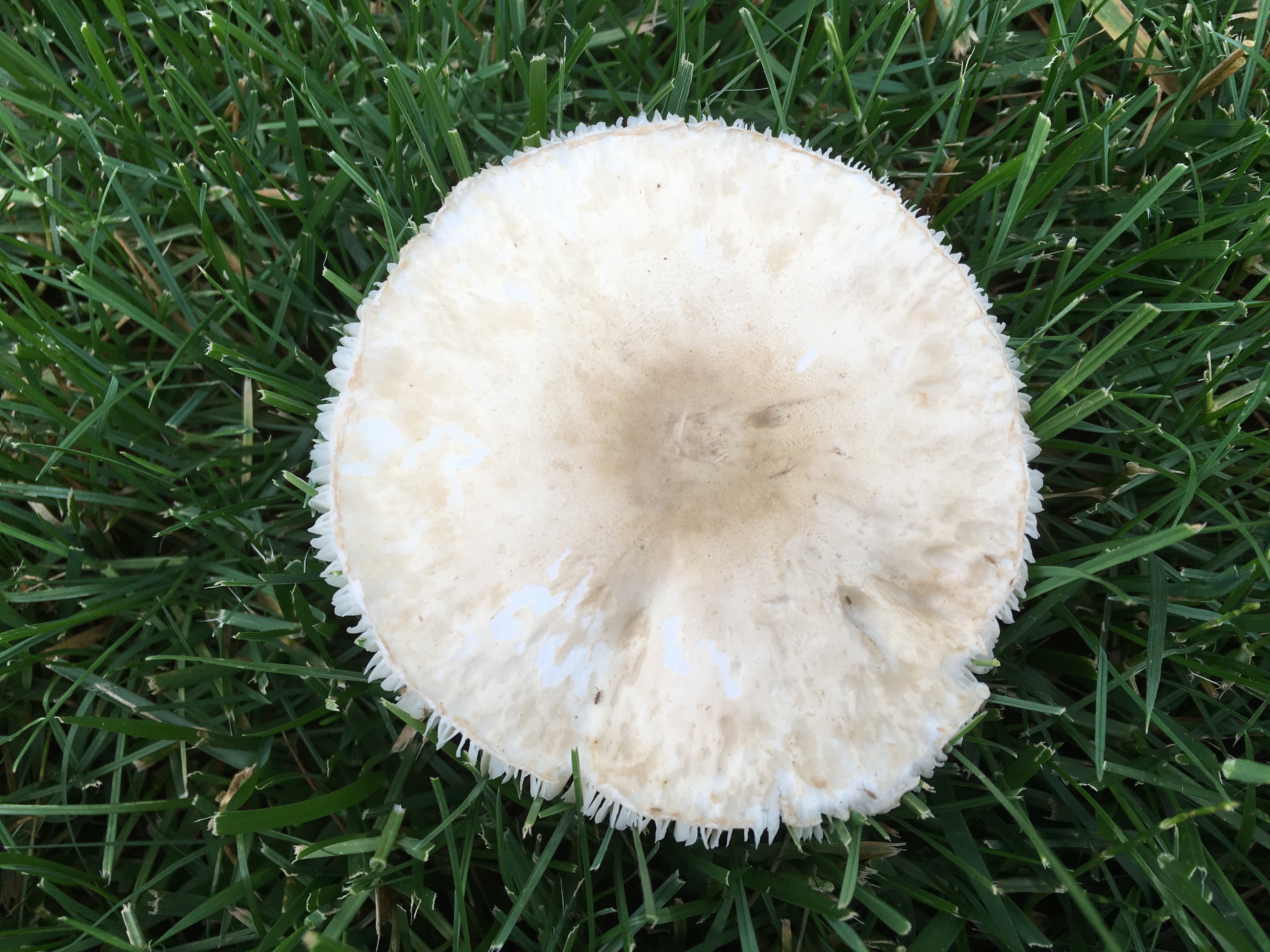
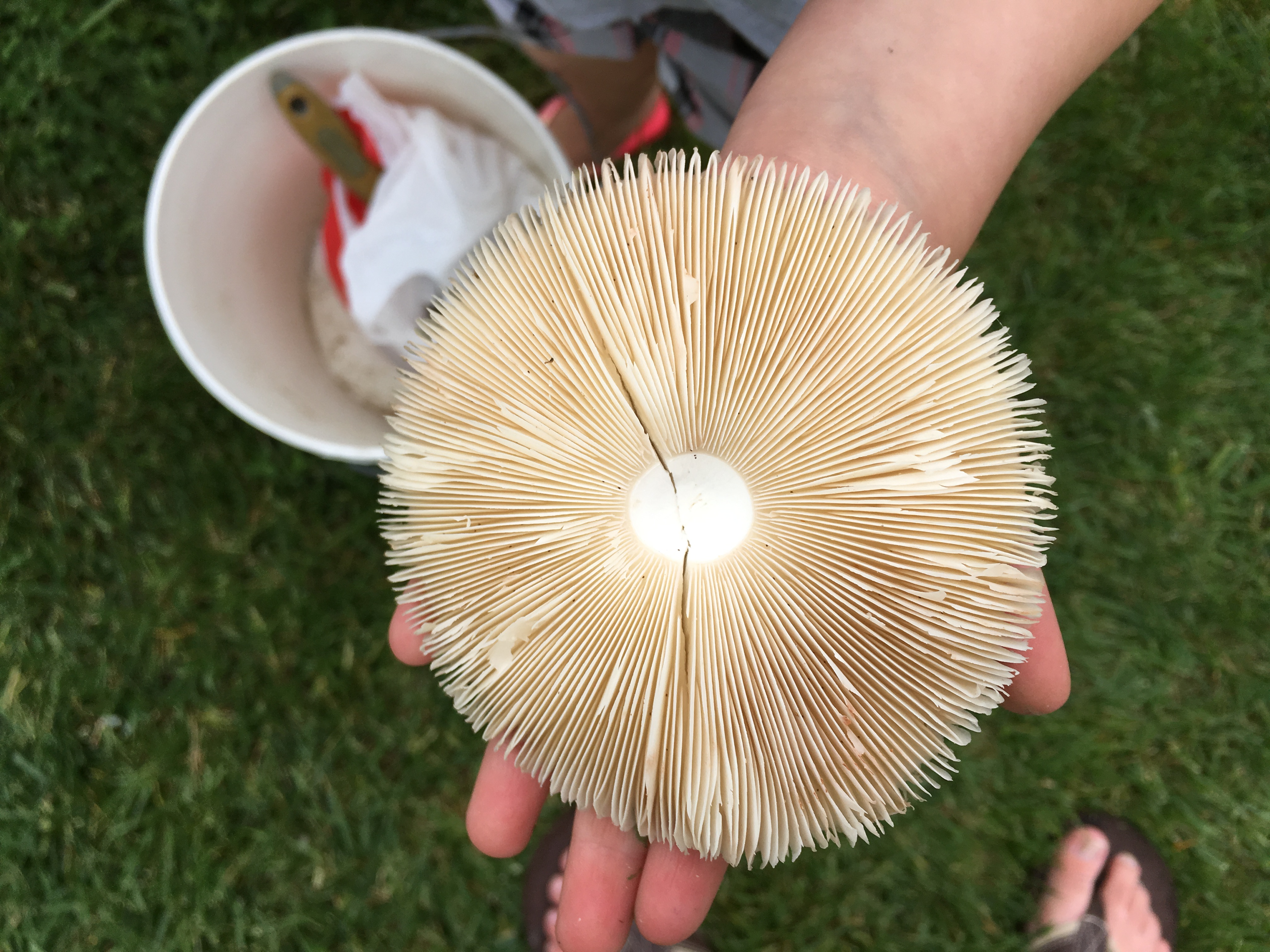
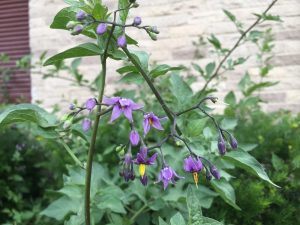
I still have some nightshade in the gardens, despite my weeding campaign. I dunno if it’s the deadly nightshade, but it does concern me a little. So I have natural sources of amatoxin, atropine, hyoscine, and hyoscamine apparently. Of course, I also have lye, gasoline, antifreeze, bleach, insecticide, and even tea tree oil around the house. Being a parent can be a little scary at times.
This next one was hard, but I’m going with Pleurotus ostreatus, although it looks like a polypore too, so I’m probably wrong.
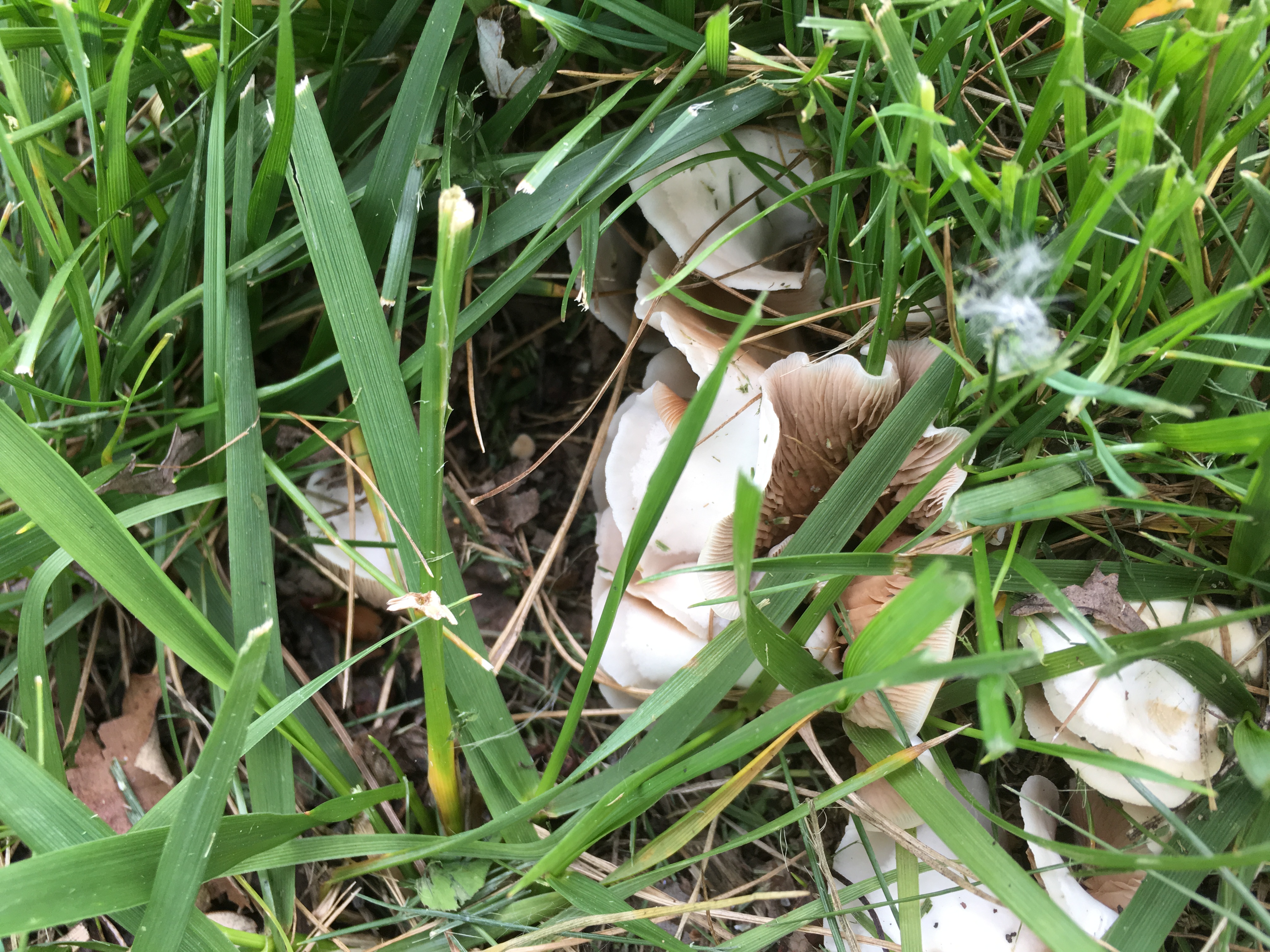
This one is supposedly edible, but I’m not confident with the identification.
The last one was very easy to identify though, Trametes versicolor. It’s not only edible, but apparently medicinal as well.
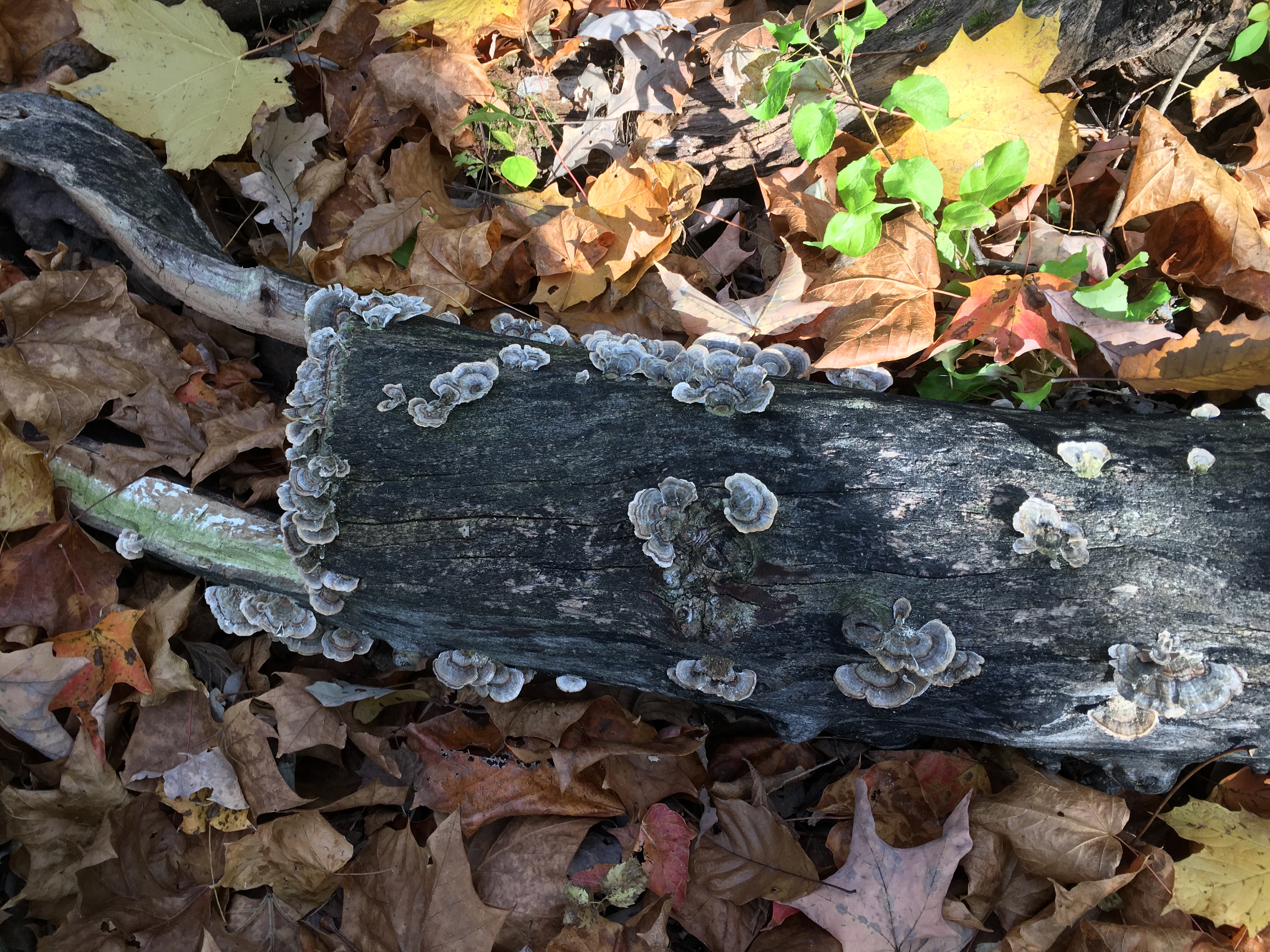
So there you go–a biology post for my family. I am not, as they seem to suspect, completely disengaged from the natural word. Especially since everything around us seems to be waiting to kill my progeny.
–Simon
